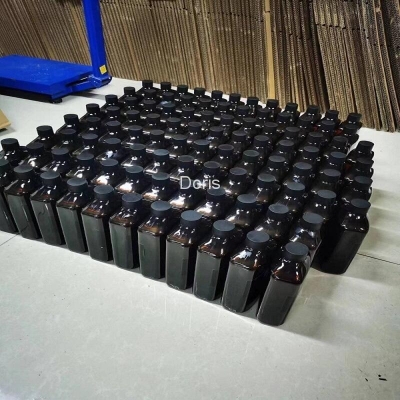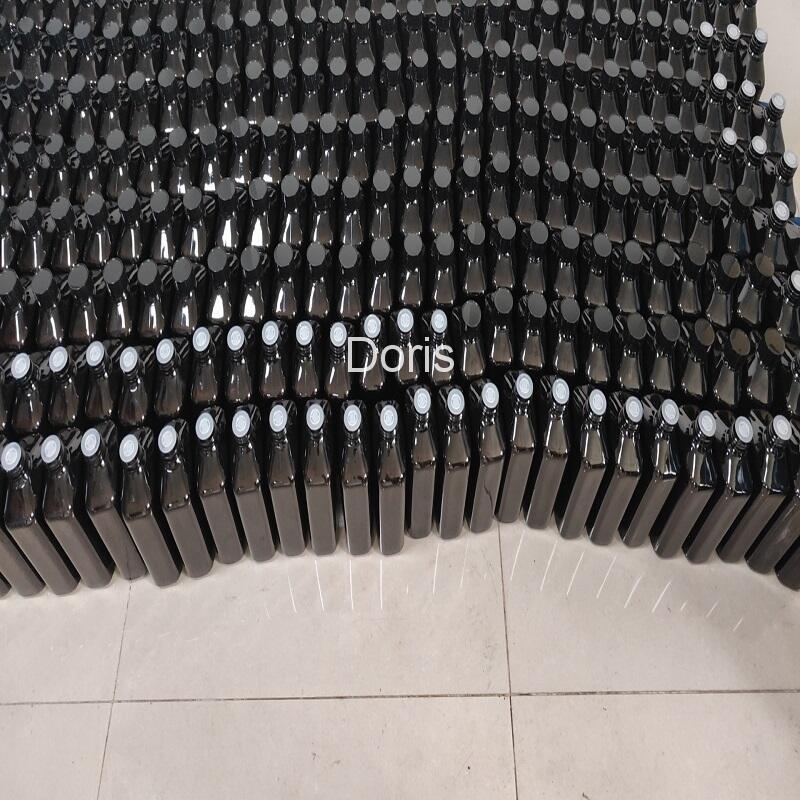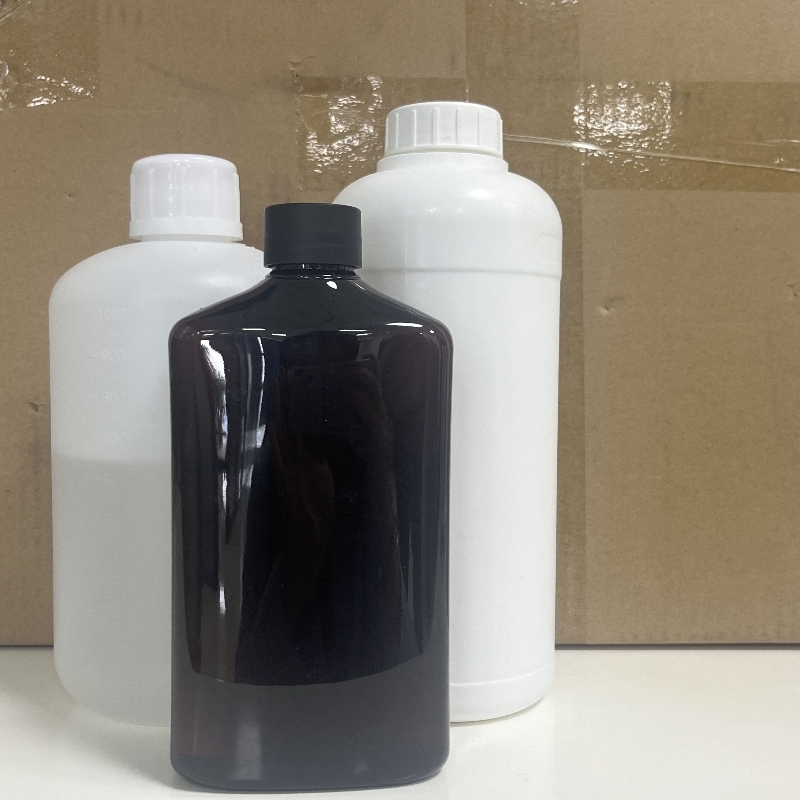-
Categories
-
Pharmaceutical Intermediates
-
Active Pharmaceutical Ingredients
-
Food Additives
- Industrial Coatings
- Agrochemicals
- Dyes and Pigments
- Surfactant
- Flavors and Fragrances
- Chemical Reagents
- Catalyst and Auxiliary
- Natural Products
- Inorganic Chemistry
-
Organic Chemistry
-
Biochemical Engineering
- Analytical Chemistry
- Cosmetic Ingredient
-
Pharmaceutical Intermediates
Promotion
ECHEMI Mall
Wholesale
Weekly Price
Exhibition
News
-
Trade Service
With the successful development of a standardized HHRMS1-DIA approach to us by Thermoshot, more dry goods and surprises, a number of precision medicine programs have emerged that aim to accelerate cancer research by improving early detection, patient classification, and monitoring treatment effectiveness and recurrence.
information about proteomics, defined as the actual state of proteomics, its quantity, time and space expression, and its relevance to genotypes (so-called proteomics) will greatly increase our understanding of various human diseases, including cancer.
in this process, there is an urgent need for a mass spectrometrometrometrography strategy to provide reliable and reproducible quantitative data.
Orbitrap has become the gold standard for proteomics laboratories, and Dr. Xuan Wei, Senior Product Manager at Seymru Fly Global, has teamed up with several laboratories to target non-labeled quantitative proteomics methods for data-independent spectrometrography (Data-independent acquisition, DIA) to support high-volume clinical proteomic analysis in precision medicine.
authors first established a high-volume, simplified HHRMS1-DIA workflow that tested and centralized data processing for seven consecutive days in 11 subsequent laboratories, and developed a Quality Control (QC) system to monitor the performance of the entire workflow and instantly discover instrument performance and, if necessary, guide troubleshooting to ensure that a high level of data quality is maintained to achieve the amount of current required for large clinical queue studies, through which each laboratory evaluates quantitative performance using a comprehensive set of uns marked quantitative samples for distributed and longitudinal data analysis and for comparison and standardization in big data analysis.
data acquisition and analysis with simplified HHRMS1-DIA workflow? Identification QC: PierceTM Hela Protein Digest Standard? Quantitative QC: Sample A (20% E.coli, 15% Yeast and 65% Hela), B Sample (4% E.coli, 30% Yeast and 65% Hela?Chromatography Conditions: ES806 (Acclaim PepMap RSLC C18, 2 sm, 100 s, 150 sm i.d. × 150 mm), 60min chromatography gradient, flow rate of 1.2?L/min? Mass spectrometum: QEHF? DIA data acquisition method: HRMS1-DIA, 1 cycle consists of 3 R120K MS1 scans, and 18 15 Da isolation windows interspersed between each MS1 scan R30K DIA MS/MS scan (a total of 54 DIA MS/MS scans).
high-resolution first level for quantitative analysis, secondary for peptide segment identification.
the HHRMS1-DIA method used here, the MS1 scan cycle rate (1.7s) is independent of the MS2 cycle time, ensuring that a sufficient number of MS1 scans guarantees quantitative reproducibleness.
, MS2 is collected with a relatively narrow 15Da isolation window, which can greatly improve the efficiency of peptide detection.
? Data Analysis: Data from 11 labs is uploaded uniformly to the Thermo Cloud cloud platform, and SpectronautTM software extracts DIA chromatography peaks.
HRMS1-DIA experimental process (click to view the graph) QC quality control standards each laboratory according to the identification QC system quality control, the author proposed a number of quality control indicators, proteomics laboratory can be used as a reference, including the peak width of the chromatography, MS1 and MS2 collected points, Precursor and protein number and quantitative CV.
can only continue the experiment if it meets the corresponding QC indicators.
if the conditions are not met, it is necessary to check whether it is a chromatography problem or a mass spectrometrometrometrometrometrometrometrometrometrometrometromet.
quantitative QC is designed to examine the accuracy of HHRMS1-DIA quantitative processes, with Hela's theoretical ratio of 1:1 in SampleA/B, Yeast 1:2, and E.coli at 4:1.
the authors propose two methods to quality control quantitative QC: (1) the deviation between quantitative true ratio and theoretical ratio, not more than 25% ;(2) quantitative reproducible, CV less than 25%.
7-day data collection in 11 laboratories, HHRMS1-DIA's reproducible Sample A and Sample B produced 240 DIA data to identify more than 7,600 proteins, including 4,000 individual proteins, 2,000 yeast proteins, and 400 E.coli proteins.
First look at the reproducible amount of ding in a single lab over a seven-day day, with an average of more than 6,500 proteins per lab per day, and then at the re-emergence between labs, 5,784 proteins were quantified per lab and 4,564 proteins were quantified per lab per day.
the quantitative reproducibleness of HHRMS1-DIA.
(a) the average amount of proteins quantified in each laboratory, the total amount of proteins quantified, the number and percentage of proteins quantified together, and (b) the number of proteins commonly quantified in each laboratory combination.
(click to see the graph) how do I get the HHRMS1-DIA method?Click on the bottom left corner of the text to read the original text, you can view the experiment HHRMS1-DIA all methods, including chromatography, mass spectrometrometromety and data analysis methods, interested teachers can consult.
of liquid chromatography, liquid chromatography columns and other spare parts used in the article we have made the corresponding number, can be linked with local sales.
Detailed HRMS1-DIA Method HRMS1-DIA Workflow Assisted Precision Medicine Conversion Research (above) HRMS1-DIA Workflow Assisted Precision Medicine Conversion Research (below) Download the form to get the "Seymerson Fly Clinical Histology Research Solution" to co-reproduce this article, please leave a message at the end of the article.
two-dimensional code below the END scan to get the Seymru Fly Industry Solution, or follow the "Seymerson Fly Chromatography and Mass Spectrometry China" public hao for more information







